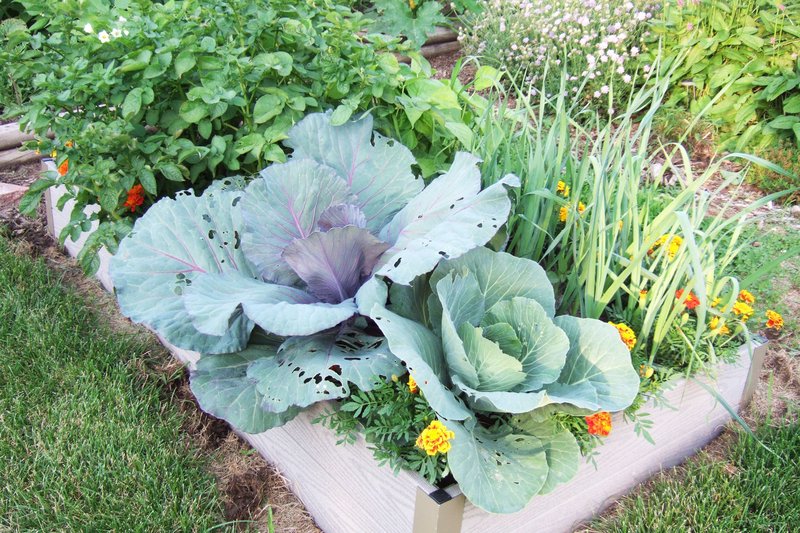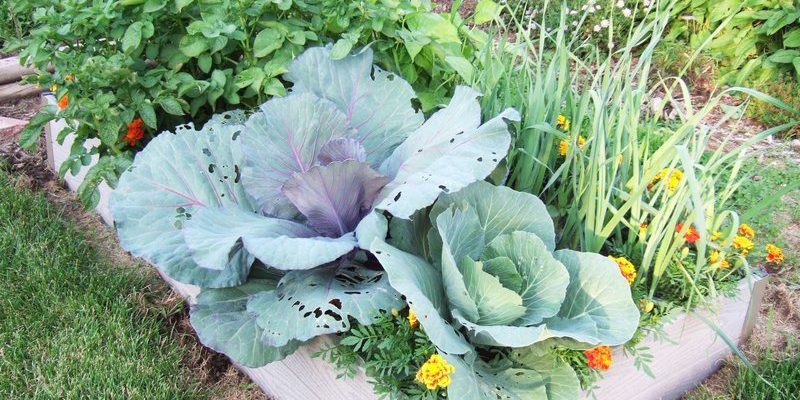
Let’s dig into what hornworms actually are, why they can be a pain for your garden, and how you can arm yourself with simple companion planting strategies. With a little knowledge, you can create an environment that both protects your plants and minimizes the hornworm invasion. So, grab a cup of coffee, and let’s get into the nitty-gritty!
What Are Hornworms and Why Are They a Problem?
Hornworms are the larvae of **sphinx moths**, and they’re notorious for their voracious appetite. When you spot them on your plants, they often blend in perfectly, making them hard to detect until it’s almost too late. These little green devils can munch through a tomato plant in no time, leaving behind a trail of destruction.
What’s particularly frustrating about hornworms is their growth rate. A tiny caterpillar can grow to over 4 inches long in just a week! Imagine inviting a friend over to borrow a book, and they end up eating your entire library instead. This is why it’s crucial to keep an eye out for them, especially in the early stages of gardening.
So, how do you spot these guys? Look for the telltale signs: missing leaves, frass (which is just a fancy word for caterpillar poop), and sometimes the hornworm itself, which looks like a green stick with a horn-like projection. In the heat of summer, these critters can really thrive, so having a plan is essential.
Understanding Companion Planting
Companion planting is like inviting the right people to your garden party. Certain plants can protect others from pests, attract beneficial insects, or enhance growth. It’s a natural way to create a balanced ecosystem that doesn’t rely on harsh chemicals.
Think about it like this: some plants have aromas or chemical properties that confuse pests or repel them altogether. For example, marigolds are famous for warding off nematodes and other pests, while basil is a great companion to tomato plants. They bring out the best in each other, much like a solid friendship.
You might be wondering how to get started. It’s simple! Start by researching which plants work well together, and make a plan for your garden layout. You’ll find that with a little thought, you can set the stage for a thriving garden ecosystem.
Best Companion Plants for Tomatoes
If you’re growing tomatoes, you’ll definitely want to consider some companions that can help keep hornworms away. Here are a few top contenders:
- Basil: This aromatic herb not only enhances the flavor of tomatoes but may also repel hornworms and other common pests.
- Marigolds: These bright flowers attract beneficial insects like ladybugs while keeping harmful pests at bay.
- Garlic: The strong scent of garlic can deter hornworms and other pests, making it a useful companion plant.
When you plant these companions near your tomatoes, they can create a protective barrier against pests while enriching the soil. It’s a win-win situation that leads to healthier plants and a bountiful harvest.
How to Incorporate Companion Planting in Your Garden
Now that you know which plants to pair together, let’s talk about how to actually put companion planting into action. Here are a few tips to keep in mind while planning your garden:
1. **Plan Your Layout:** Before you start planting, sketch out your garden space. Consider the sun’s path and the size of each plant. Group companions close together for maximum benefit.
2. **Plant in Stages:** Instead of putting everything in the ground at once, try staggered planting. This helps manage pests better, as you’ll have plants at different growth stages.
3. **Rotate Your Crops:** Each planting season, change where you place your plants to prevent pests from getting too comfortable in one spot. This can confuse hornworms and other pests.
Think of your garden as a bustling community, where plants work together for a common goal: thriving and growing healthy.
Natural Ways to Control Hornworms
While companion planting is a fantastic strategy, it’s not the only way to deal with hornworms. You have several natural options to manage their presence:
– **Hand-Picking:** Honestly, it sounds tedious, but checking your plants regularly and hand-picking hornworms can be surprisingly satisfying. You’ll save your plants while also getting some fresh air.
– **Beneficial Insects:** Introduce insects like **parasitic wasps** that naturally prey on hornworms. You can purchase these or attract them by planting certain flowers.
– **Neem Oil:** Spraying a diluted neem oil solution can deter many pests, including hornworms. Just be sure to follow the instructions on the label.
By implementing these methods alongside companion planting, you’re giving your garden the best shot at staying healthy and productive.
Creating a Balanced Garden Ecosystem
Establishing a balanced ecosystem goes beyond just pairing plants. It’s about creating a thriving environment where everything works in harmony. You might want to consider:
– **Soil Health:** Good soil supports strong plants. Use organic compost and fertilizers to enhance nutrient levels.
– **Watering Practices:** Overwatering can lead to root rot, making plants more susceptible to pests. Find a balance that works for each plant’s needs.
– **Crop Diversity:** Mix up your plant choices. Having a variety of plants can confuse pests and create a more resilient garden.
This holistic approach ensures that your garden isn’t just a pretty space but a functioning ecosystem where plants, insects, and soil all work together.
Dealing with hornworms doesn’t have to feel like an uphill battle. With the right understanding of companion planting and a few natural pest control strategies, you can create a thriving garden that produces delicious tomatoes and keeps those pesky caterpillars at bay. Remember, gardening is a journey filled with learning experiences, so don’t hesitate to experiment with different plants and strategies.
In the end, the goal is to enjoy your garden, watch it grow, and savor the fruits of your labor. Here’s to healthy plants and a happy gardening experience!

